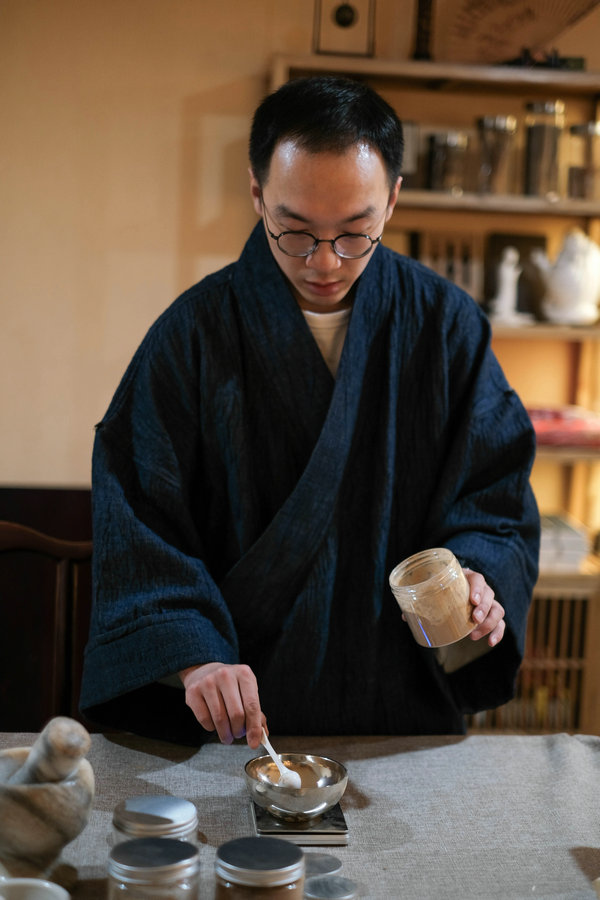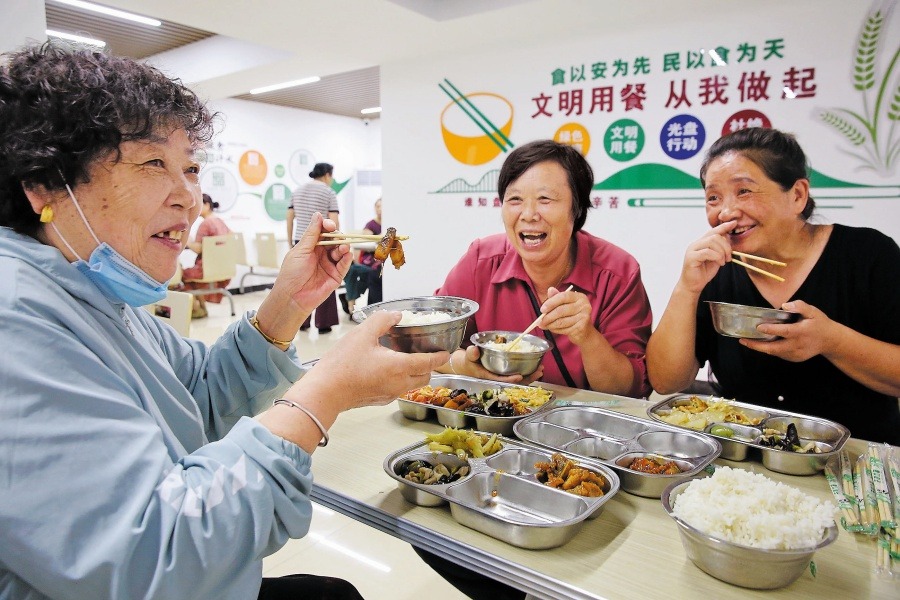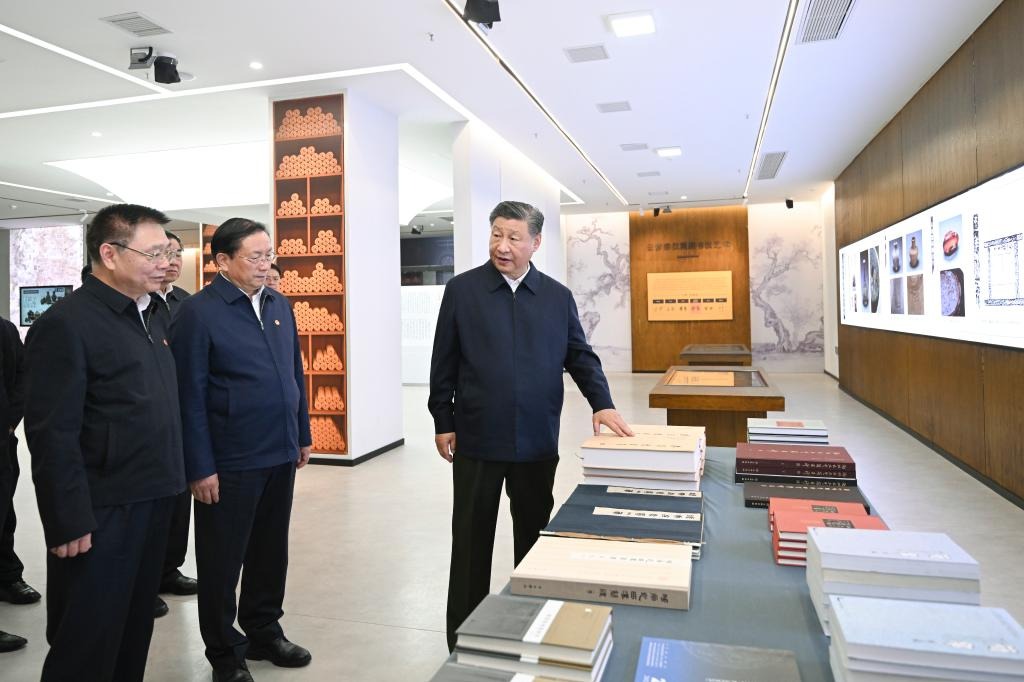Young artisans revive curative benefits of Chinese incense
New generation turns to scents, traditional rituals to relieve pressures of modern life


Incense-maker Weng Jianzhi had a fascination with herbs from a young age, sparked by a colorful herb-identification publication he found at a local bookstore. Growing up, he spent hours exploring the hillsides near his home in Zhoushan, Zhejiang province, learning to recognize various plants and herbs, a curiosity that would later shape his life and career.
His father's quiet workshop, with its lingering scents and dedication to incense-making, was another influence, even if Weng didn't realize it at the time. "It was like a seed planted in my mind," he recalled, "watching my father making incense for religious rituals."
Today, 32-year-old Weng is working to bring back the ancient craft of hexiang — the harmonious blending of different herbal aromas to create scents that have curative qualities.
"My father's incense was simple, mostly for temples. But as I read more, I realized that Chinese incense was once an art and a wellness practice — one based on hexiang and rooted in traditional Chinese medicine," he explained.
























